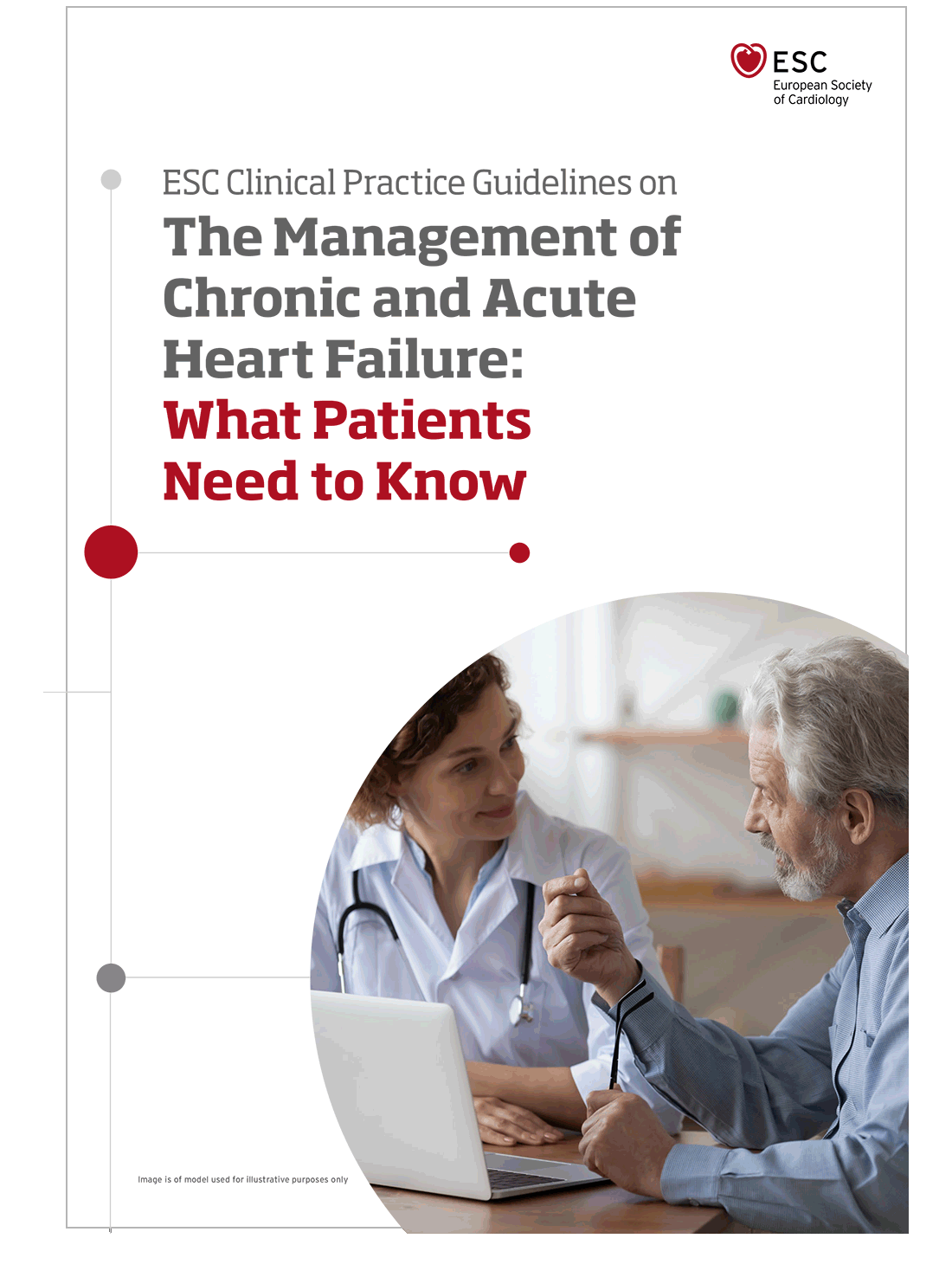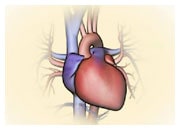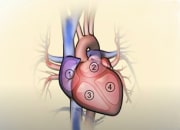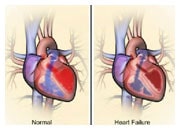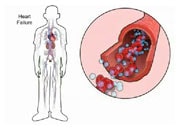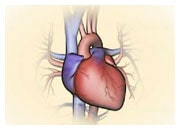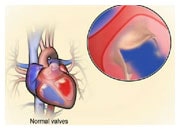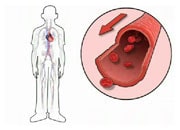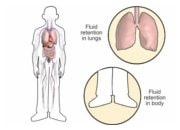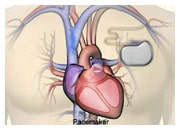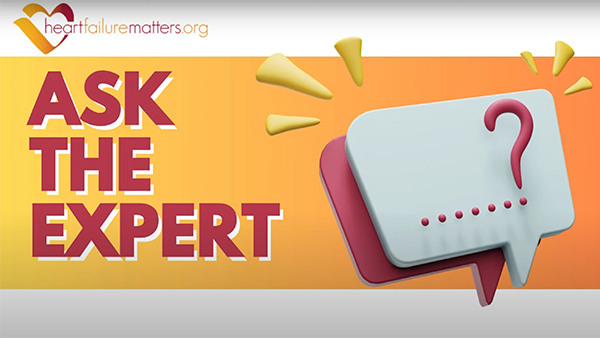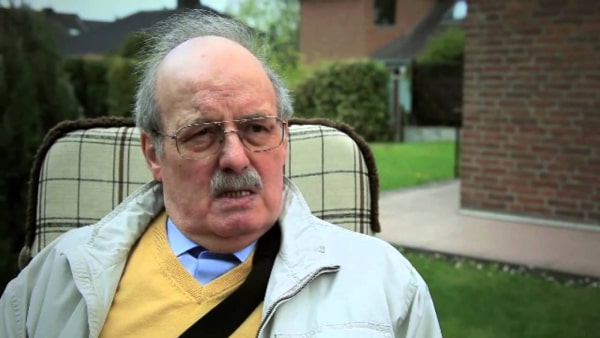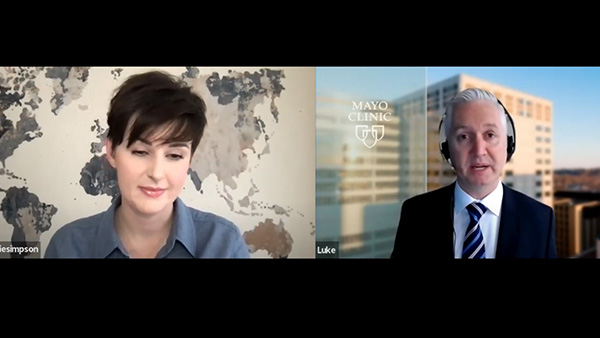Percutaneous Coronary Intervention (PCI)
Why is it done?
The build-up of fats and cholesterol (referred to as plaque), or large blood clots, can cause the narrowing or blocking of your arteries. This can cause the heart muscle to be starved of oxygen as blood flow is significantly reduced. Percutaneous coronary intervention (PCI) aims to restore the supply of blood to the heart by unblocking the narrowed arteries that may be causing your heart failure. It’s less invasive than surgery. PCI, coupled with stenting, has proven successful in many patients.
What does it involve?
A fine, flexible, hollow tube (catheter) with a small inflatable balloon at its tip is passed into an artery in either your groin or arm and directed to your heart using X-ray screening. Once it reaches the narrowed or blocked section, the balloon is inflated to briefly dilate the artery and restore blood flow. All patients will require antithrombotic medicines after the procedure to prevent blood clots.
Questions to ask your doctor:
- What are the risks associated with the procedure?
- Will I have to stay in hospital?
- What do I need to do to prepare for the procedure?
- Will I have a local or general anaesthetic?
- Will I have to take additional medicines after the procedure?
- Will I have a stent inserted during the PCI procedure?

